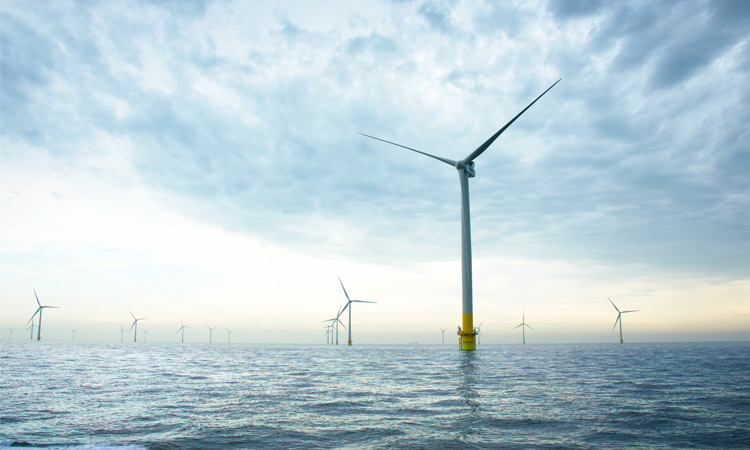In Focus: Our Journey to Climate Neutrality
Climate change is the greatest challenge of the 21st century. Swift and resolute action is needed to ensure that the targets agreed in the Paris Climate Agreement can be achieved. We stand by this responsibility. In many areas, products and innovations based on chemistry are the key to a climate-neutral future. At the same time, we are working intensively to significantly reduce the carbon footprint of our production and thus of our products.
Our target: net zero emissions by 2050. We have set ourselves an ambitious milestone on this path. By 2030, we want to reduce the greenhouse gas emissions from our production sites and our energy purchases by 25% compared with 2018 – while growing production volumes. This corresponds to a decrease of around 60% compared with 1990. We are intensely pursuing our climate protection targets with investments of up to €4 billion by 2030. Our focus here is on five strategic levers: We are increasingly meeting our energy needs from renewable sources (gray-to-green lever). We are increasingly relying on energy recovery to produce steam (power-to-steam lever). We are working to further improve the energy and process efficiency of our plants (continuous opex lever). We are increasingly replacing fossil resources with bio-based raw materials (bio-based feedstocks lever). And together with partners, we are pioneering nearly carbon-free production processes, especially for emission-intensive basic chemicals (new technologies lever).
We want to play an active and responsible role in shaping the transition toward a climate-neutral society. This calls for new ways of thinking and working together. And it needs a political and regulatory environment that promotes innovation in climate protection, makes it possible to develop new, climate-smart processes that are competitive internationally and, above all, resolutely drives forward the expansion of renewable energies – including through the appropriate land use designations, rapid planning and approval procedures and the swift expansion of grid infrastructure.
One thing is clear: The transformation will require significantly more energy from renewable sources. Initial estimates suggest that at the Ludwigshafen site in Germany alone, we would need to roughly triple or quadruple our current electricity use (2021: 6.0 TWh) to fully implement new, low-carbon electricity-based production processes. To meet this demand, we are investing in our own power assets, especially for wind power, and are increasingly buying green electricity on the market (make & buy approach).
Also critical to success are prices for renewable energy. Substituting fossil fuels is only economically feasible at production costs of 4 to 5 cents/kWh. Consequently, there is an urgent need to expand supply and reduce the levies and fees on electricity prices. In addition, globally comparable carbon pricing – or at least at G20 level – is needed to ensure that climate-friendly processes are competitive internationally.
Our global climate protection targets
–25%
Reduction in our greenhouse gas emissions by 2030 compared with 2018 (Scope 1 and 2)
Net zero
Greenhouse gas emissions by 2050 (Scope 1 and 2)

